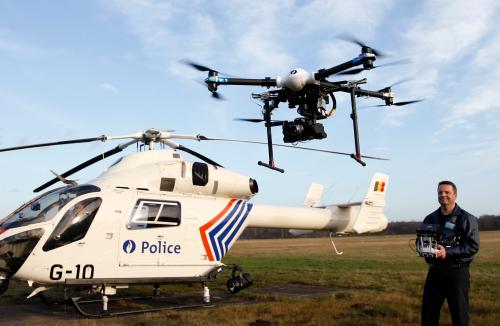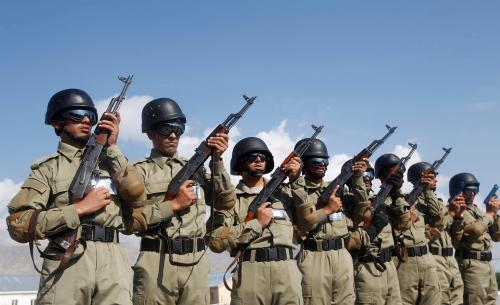President Barack Obama made clear this week that the remaining troops will soon come home from Iraq. Some 10 years after the first troops landed in Afghanistan, we’re now nearly back to a one-front war. But where are we, really? It’s clear that both citizens and Washington alike are collectively weary of war and frustrated by this particular mission, with its interminable timelines and uncertain partners in Kabul and Islamabad, even if it has only been three to four years since the United States intensified its collective focus and resources on this mission.
In both Iraq and Afghanistan, the temporary surge of U.S. forces was used for two purposes: First, to increase the size and quality of Iraqi and Afghan security forces so that they could take over most or all of the fight—this might be called “the surge that stays behind” or the “permanent surge”; and second, to create conditions sufficiently stable so that what we hand off to indigenous forces is not a losing hand that is doomed to fail, but one with a reasonable chance of success. The surge in Iraq produced dramatic results in a relatively short period of time; the results in Afghanistan have been more limited. With the president having announced that U.S. forces will withdraw by 2014, the question bears asking: Is victory in Afghanistan now beyond our grasp?
Many analysts have noted that the surge strategy in Afghanistan needs to be fundamentally different from that in Iraq. It is not an accident but rather a product of geography and the demography that Iraq has had strong central governments over the course of thousands of years, whereas Afghanistan has never had one. An Iraqi government can aspire to control all or nearly all of its territory. Indeed, any notion of success in Iraq virtually requires it. An Afghan government, on the other hand, cannot aspire to such an ambitious goal and, critically, success in Afghanistan does not require it.



Commentary
Op-edPlan Afghanistan
October 28, 2011